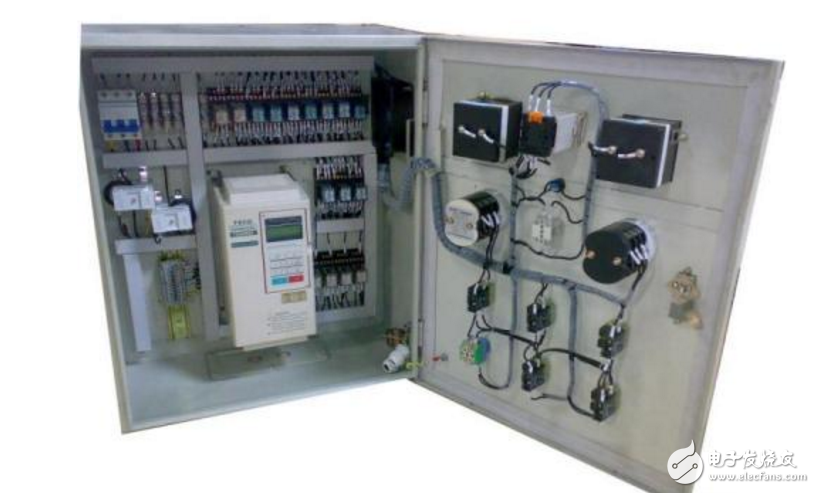Industrial control refers to the automation of industrial processes, typically achieved through a combination of electrical, electronic, mechanical, and software systems. It is also known as factory automation, and its primary goal is to make production and manufacturing processes more automated, efficient, accurate, and controllable. By leveraging computer technology, microelectronics, and electrical systems, industrial control enables better visibility and management over complex industrial operations.
**The Role of Industrial Control**
The development and widespread adoption of industrial control technology marked the third industrial revolution, boosting factory productivity and efficiency by over 300%. In the early 1980s, with China's reform and opening-up policy, advanced industrial control technologies from abroad began to enter the mainland. Popular products such as PLCs (Programmable Logic Controllers), frequency converters, servo motors, and industrial computers have played a key role in advancing China’s manufacturing automation and supporting the country’s modernization efforts.
Industrial control has irreplaceable advantages in large-scale infrastructure projects, aerospace, dam construction, temperature control systems, and ceramic manufacturing. For instance, real-time monitoring of power grids requires the collection and processing of vast amounts of data, which is made possible through industrial control systems. These systems not only enhance safety and precision in manufacturing and construction but also address critical industrial needs like temperature, pressure, gas flow, and liquid flow.
In the past, many tasks were performed manually or semi-automatically, but industrial control has evolved this process. Common devices like air switches, pressure regulators, and flow meters now operate automatically, improving efficiency and reducing human error.

**Working Principle of Industrial Control**
For example, an air switch controls power supply. When the current becomes too high, the internal mechanical system activates, causing the switch to trip and cut off the power, ensuring safe electricity usage and helping to locate short-circuit issues quickly.
**How to Improve the Anti-Interference Ability of Industrial Equipment**
One of the core challenges in industrial control is enhancing the anti-interference capability of equipment. If this is not addressed properly, the system may fail or perform poorly under real-world conditions.
To improve the anti-interference ability, it's essential to use PLCs correctly:
1. **Separate Power Supply for PLC Core and I/O Interfaces**
Many users connect the PLC’s power and I/O interfaces to the same power source, which can bypass the optocoupler and reduce isolation effectiveness. The correct approach is to provide a dedicated power supply for the PLC core, while the I/O interfaces can share one power source. This ensures better protection and stability.
2. **Use Reverse Diodes for Inductive Loads**
When connecting inductive loads like solenoid valves or relays to the PLC output, a reverse diode should be placed across the load to absorb back EMF generated when the circuit is turned off. This prevents damage to the output transistors. For example, 1N4004 or 1N4007 diodes are suitable. Some solenoids come with built-in absorption circuits, so no external diode is needed.
3. **Choose the Right Power Supply**
Switching power supplies are compact and efficient, but they can introduce high-frequency interference. Traditional transformer-based power supplies, although larger and less efficient, are better at suppressing such interference. If old-style power supplies aren’t available, using an isolation transformer or common-mode choke can help reduce interference.
4. **Proper Layout and Shielding**
Interference can travel through wires or via space radiation. While proper power design helps with wire conduction, shielding is crucial for space interference. Power distribution cabinets act as natural shields, but relays and contactors inside can still emit high-frequency signals. To minimize this, place the PLC away from these components and consider wrapping it in tin foil for added protection.
Some engineers might question why their systems work without following these guidelines. However, even if the system functions, it may be operating in a suboptimal state—essentially "working with a problem." Taking these steps ensures long-term reliability and performance.
Limit Switch,Micro Limit Switch,High Limit Switch,Telemecanique Limit Switch
Shanghai Janetec Electric Co., Ltd. , https://www.janetecelectric.com